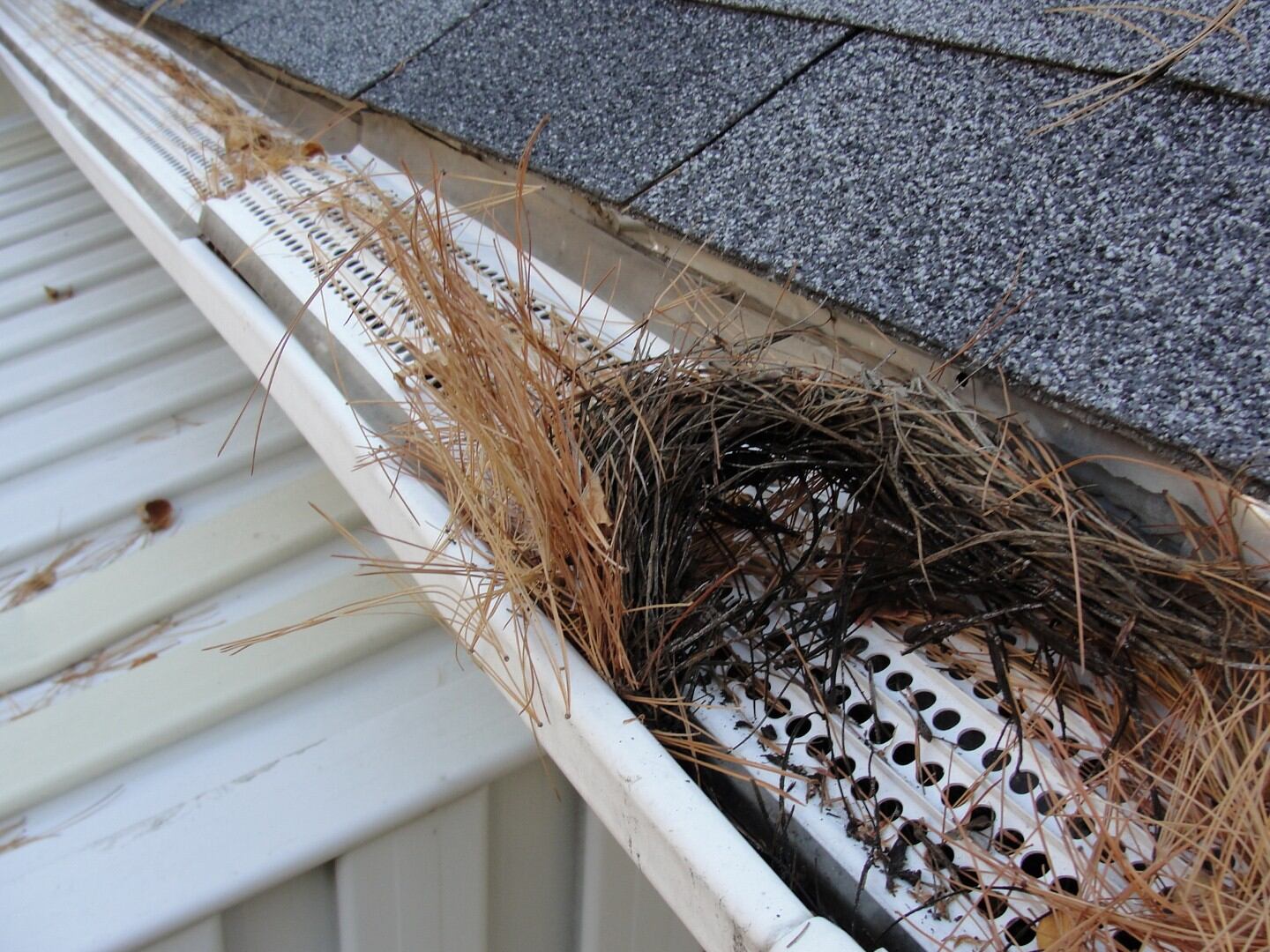

Articles
How To Prevent Leaves In Gutters
Modified: October 20, 2024
Learn effective techniques to prevent leaves from clogging your gutters with our informative articles. Protect your home from potential water damage and maintain a clean gutter system.
(Many of the links in this article redirect to a specific reviewed product. Your purchase of these products through affiliate links helps to generate commission for Storables.com, at no extra cost. Learn more)
Introduction
When it comes to maintaining a functional and aesthetically pleasing home, one often overlooked but crucial aspect is the gutters. Gutters play a vital role in channeling rainwater away from your roof, preventing potential damage to your home’s foundation, walls, and landscaping.
However, leaves and debris can easily accumulate in your gutters, leading to clogs and blockages. These blockages not only impede the flow of water but can also cause water to overflow, leading to water damage and costly repairs.
Preventing leaves in gutters is essential to ensure the proper functioning of your gutter system and protect the integrity of your home. In this article, we will explore the importance of preventing leaves in gutters and discuss the most effective practices to keep your gutters free from debris.
Key Takeaways:
- Regular gutter cleaning, installation of gutter guards, and proper downspout maintenance are crucial for preventing leaves in gutters and protecting your home from water damage, pest infestations, and costly repairs.
- Utilizing professional gutter maintenance services can save time and ensure thorough cleaning, providing expertise, efficiency, and peace of mind in maintaining clean and functional gutters.
Read more: How To Store Grape Leaves
Importance of Preventing Leaves in Gutters
Keeping leaves out of your gutters is essential for several reasons:
- Prevents water damage: When leaves accumulate in your gutters, they form a barrier that prevents proper water flow. This can result in water overflowing from the gutters and pooling around your home’s foundation, leading to water damage, basement flooding, and structural issues.
- Protects your roof: Excessive debris in your gutters can trap moisture, causing it to seep into your roofing materials. This moisture buildup can lead to rotting, mold growth, and even roof leaks. By preventing leaves in your gutters, you can extend the lifespan of your roof and avoid costly repairs.
- Reduces the risk of pests: Leaves in gutters create an ideal environment for pests like mosquitoes, ants, and birds to thrive. Clogged gutters provide a water source and shelter, attracting these unwanted guests to your property. By maintaining clean gutters, you can minimize the risk of pest infestations in and around your home.
- Preserves the aesthetic appeal: Clean gutters contribute to the overall visual appeal of your home’s exterior. Clogged or overflowing gutters, on the other hand, can be an eyesore that detracts from your home’s beauty and curb appeal.
- Prevents gutter damage: The weight of accumulated debris in your gutters can put unnecessary strain on the gutter system. Over time, this can lead to sagging, bending, or even detachment from the roofline. By preventing leaves in your gutters, you can prolong the lifespan of your gutter system.
From protecting your home from water damage to preserving its aesthetic appeal, preventing leaves in gutters is a critical maintenance task. By implementing effective prevention methods, you can ensure the longevity and functionality of your gutter system, saving yourself from potential headaches and costly repairs down the road.
Common Problems Caused by Leaves in Gutters
The accumulation of leaves in gutters can lead to several problems, affecting both the functionality and structural integrity of your home. Below are some of the common issues caused by leaves in gutters:
- Clogged Gutters: Leaves and debris can quickly build up in gutters, causing clogs and obstructing the flow of water. This obstruction prevents proper drainage and can lead to overflowing gutters, potentially causing water damage to your roof, siding, and foundation.
- Water Damage: When gutters are clogged with leaves, rainwater has nowhere to go and can overflow and seep into your home. This can lead to water damage, including damp walls, ceiling leaks, and even mold and mildew growth, which can pose health risks.
- Roof Leaks: When leaves accumulate on your roof, they can create a barrier that traps moisture and prevents proper drying of the roof surface. Over time, this moisture can degrade the roofing materials, weaken the roof’s structure, and cause leaks.
- Ice Dams: During winter, leaves in gutters can worsen ice dam formation. When gutters are clogged, water cannot drain properly, leading to the formation of ice dams on the roof’s edge. These ice dams can cause water to seep into your home, resulting in water damage and potential structural issues.
- Pest Infestations: Clogged gutters filled with decomposing leaves are an attractive breeding ground for various pests, including mosquitoes, ants, and rodents. These pests can then find their way into your home, causing further damage and posing health risks.
- Gutter Damage: The weight of leaves and debris can strain your gutters, causing them to sag, bend, or detach from the roofline. This compromises the functionality of the gutters and may require costly repairs or even replacement.
By preventing leaves from accumulating in your gutters, you can avoid these common problems and maintain the integrity of your home’s structure and overall well-being. Regular maintenance and effective preventive measures are key to keeping your gutters free from leaves and debris.
Best Practices for Preventing Leaves in Gutters
To keep your gutters leaf-free and functioning optimally, there are several best practices you can follow. By implementing these preventative measures, you can minimize the risk of clogged gutters and the associated problems. Here are some effective strategies:
- Regular Gutter Cleaning: The most important step in preventing leaves in gutters is regular cleaning. Plan to clean your gutters at least twice a year, preferably in the spring and fall, when leaves are most likely to accumulate. Use a sturdy ladder, gloves, and a scoop or trowel to remove the leaves and debris manually. Dispose of the debris responsibly.
- Installation of Gutter Guards: Gutter guards are screens or covers that go over your gutters, preventing leaves and debris from entering while allowing water to flow through. There are various types available, including mesh screens, foam inserts, and solid covers. Choose a gutter guard system that suits your budget and needs.
- Trimming Overhanging Trees: Overhanging branches contribute significantly to the accumulation of leaves in gutters. Regularly trim back branches and foliage that hang over your roof to minimize the amount of debris falling into your gutters.
- Proper Downspout Maintenance: Ensure that your downspouts are clear and free from obstructions. Use a plumber’s snake or a high-pressure hose to dislodge any debris or blockages. Redirect downspouts away from the house to prevent water from pooling near the foundation.
- Leaf Blower or Hose Attachment for Cleaning: A leaf blower or a hose attachment designed for gutter cleaning can be effective in removing leaves and debris from your gutters. Use the appropriate safety precautions when operating a leaf blower or working at heights.
- Professional Gutter Maintenance Services: Consider hiring a professional gutter cleaning and maintenance service to ensure a thorough and efficient job. Professionals have the expertise and tools necessary to clean gutters effectively and identify any potential issues that may require attention.
By following these best practices, you can significantly reduce the accumulation of leaves in your gutters and maintain their optimal performance. Regular maintenance and attention to gutter health are crucial for preventing clogs, water damage, and costly repairs.
Regular Gutter Cleaning
Regular gutter cleaning is essential for preventing leaves and debris from accumulating and causing clogs in your gutters. Here are some tips to help you effectively clean your gutters:
- Schedule regular cleaning: Plan to clean your gutters at least twice a year, ideally in the spring and fall. These seasons are when leaves, twigs, and other debris are most likely to accumulate in your gutters.
- Use the right tools: Equip yourself with the necessary tools for gutter cleaning, including a sturdy ladder, gloves, and a scoop or trowel. This will allow you to safely remove leaves and debris from the gutters without damaging them or injuring yourself.
- Remove larger debris first: Start by removing the larger debris, such as leaves and twigs, from your gutters. Use your hands or a scoop/trowel to carefully collect and dispose of the debris in a bag or bucket.
- Flush with water: Once the larger debris is removed, use a garden hose with a high-pressure nozzle to flush out the remaining dirt and smaller particles. Start from one end and work your way towards the downspout. This will help ensure that water flows freely through the gutters.
- Inspect for damage: While cleaning the gutters, take the opportunity to inspect the gutters for any signs of damage or wear and tear. Look for cracks, sagging sections, or loose fasteners. Address any issues promptly to prevent further damage.
- Maintain safety precautions: Always prioritize safety when cleaning your gutters. Use a sturdy ladder and have someone with you to provide assistance if needed. Wear gloves to protect your hands from debris and be cautious of any power lines near your gutters.
Regular gutter cleaning is a crucial preventative measure to keep your gutters free from leaves and debris. By dedicating time to this maintenance task, you can reduce the risk of clogs, water damage, and other gutter-related issues.
Read more: How To Store Spinach Leaves
Installation of Gutter Guards
Gutter guards are an effective solution for preventing leaves and debris from entering your gutters. They act as a barrier, allowing water to flow through while blocking the entry of unwanted debris. Here are some key points to consider when installing gutter guards:
- Choose the right type: There are various types of gutter guards available, including mesh screens, foam inserts, and solid covers. Each type has its advantages and considerations. Research and choose the gutter guard system that best suits your needs and budget.
- Consider the climate: Take into account the climate of your area when selecting gutter guards. Consider factors such as heavy rainfall, snow, and ice accumulation. Opt for gutter guards that can withstand your local weather conditions.
- Ensure proper installation: Proper installation is crucial for the effective functioning of gutter guards. Follow the manufacturer’s instructions or hire a professional to install the gutter guards correctly. This will ensure that they are securely in place and provide optimal protection.
- Maintain and clean gutter guards: While gutter guards significantly reduce the amount of debris that enters your gutters, they are not maintenance-free. Periodically inspect and clean your gutter guards to remove any accumulated debris. This will ensure that they continue to function effectively.
- Combination with regular cleaning: While gutter guards can significantly reduce the amount of debris in your gutters, it’s still important to schedule regular gutter cleaning. This allows you to remove any debris that may have bypassed the gutter guards and ensure the gutters are functioning optimally.
Gutter guards can be a valuable investment in maintaining clean and efficient gutters. By preventing leaves and debris from entering your gutters, they help minimize the risk of clogs, water damage, and other gutter-related issues.
Regularly clean your gutters to prevent leaves from accumulating. Consider installing gutter guards to help keep leaves out of your gutters.
Trimming Overhanging Trees
Overhanging trees are a common contributor to the accumulation of leaves and debris in gutters. Trimming these trees is an effective preventive measure to reduce the amount of debris that falls into your gutters. Here’s what you need to know:
- Identify overhanging trees: Identify trees that have branches extending over your roof and gutters. These are the trees that are likely to drop leaves and other debris into your gutters.
- Schedule regular tree trimming: Plan to trim overhanging branches at least once a year to minimize the amount of debris that falls into your gutters. The best time for tree trimming is during the dormant season to avoid interfering with the tree’s growth.
- Hire a professional: If the tree is large or the branches are high up, it’s best to hire a professional tree trimmer. They have the expertise and equipment to safely trim and remove branches without causing damage to the tree or your property.
- Trim branches away from the roof: When trimming overhanging branches, ensure that they are cut back beyond the edge of your roof. This prevents branches from scraping against the roof or easily falling into the gutters.
- Consider tree removal: If you have trees that regularly shed an excessive amount of leaves and debris into your gutters, you may want to consider removing the tree altogether. Consult with a professional arborist to determine if tree removal is necessary and what the best course of action is.
- Maintain tree health: Proper tree maintenance, including regular pruning and watering, can help reduce the amount of debris shed by the tree. Keep your trees healthy and well-maintained to minimize the impact on your gutters.
By regularly trimming overhanging trees, you can significantly reduce the amount of leaves and debris that end up in your gutters. This helps maintain the flow of water and prevents clogs, ensuring that your gutters function optimally.
Proper Downspout Maintenance
While most attention is given to gutters themselves, it’s important not to overlook the importance of properly maintaining your downspouts. Downspouts play a critical role in directing water away from your home’s foundation. Here are some tips for proper downspout maintenance:
- Clear any obstructions: Regularly check your downspouts for any obstructions such as leaves, twigs, or debris. Use a plumber’s snake or high-pressure water hose to dislodge and remove any clogs.
- Ensure proper alignment: Make sure your downspouts are securely connected to the gutters and point away from your home’s foundation. Misaligned or disconnected downspouts can cause water to pool near the foundation, leading to potential damage.
- Install downspout extensions: If your downspouts discharge water too close to your home, consider installing downspout extensions. These extensions help redirect water further away from the foundation, reducing the risk of water-related damage.
- Monitor for leaks: Regularly inspect your downspouts for any signs of leaks. Look for any gaps, cracks, or loose connections. Repair or replace any damaged sections promptly to ensure efficient water flow.
- Keep the area around downspouts clear: Ensure that the area around your downspouts is free from debris and obstructions. Trim any vegetation or plants that may impede water flow or cause blockages.
- Consider installing gutter accessories: Some gutter accessories, such as downspout strainers or filters, can help prevent debris from entering the downspouts. These additions can further aid in maintaining proper water flow.
Proper maintenance of your downspouts is crucial for ensuring effective water drainage and preventing water damage to your home’s foundation. By keeping your downspouts clear and properly aligned, you can protect your home from potential water-related issues.
Leaf Blower or Hose Attachment for Cleaning
Using a leaf blower or a hose attachment specifically designed for gutter cleaning can be an efficient and effective method to remove leaves and debris from your gutters. Here’s what you need to know about this cleaning approach:
- Choose the right tool: Select a leaf blower or a hose attachment that is suitable for gutter cleaning. These tools are designed to generate enough force to dislodge leaves and debris without causing damage to your gutters.
- Start from the far end: Begin cleaning your gutters from the opposite end of the downspout. This ensures that leaves and debris are blown or washed towards the downspout for easy removal.
- Work in small sections: Divide your gutter system into smaller, manageable sections and clean one section at a time. This allows you to thoroughly remove leaves and debris without overwhelming yourself or risking damage to the gutters.
- Direct the airflow or water flow: Use the leaf blower or the hose attachment in a controlled manner to direct the airflow or water flow towards the downspout. This helps ensure that the leaves and debris are efficiently cleared from the gutter channel.
- Use safety precautions: When using a leaf blower, wear safety goggles, gloves, and ear protection to safeguard yourself from flying debris and excessive noise. If using a hose attachment, be cautious when working at heights and ensure the ladder is stable and secure.
- Combine with manual cleaning: While a leaf blower or hose attachment can effectively remove a significant amount of leaves and debris, it’s still advisable to manually inspect and clean your gutters for any remaining debris that may have been missed.
Using a leaf blower or a hose attachment for gutter cleaning can be a time-saving method to remove leaves and debris. However, it’s important to exercise caution, follow safety guidelines, and supplement this method with periodic manual cleaning for a thorough gutter maintenance routine.
Read more: How To Store Mint Leaves
Professional Gutter Maintenance Services
If you prefer to leave the task of gutter maintenance to the experts or simply do not have the time or ability to perform the maintenance yourself, hiring a professional gutter maintenance service can be a wise choice. Here are the benefits and considerations of utilizing professional services:
- Expertise and experience: Professional gutter maintenance teams have the necessary expertise and experience to efficiently clean and inspect your gutters. They are trained to identify potential issues and provide appropriate solutions, ensuring the optimal functioning of your gutter system.
- Efficient and thorough cleaning: Professionals use specialized tools and techniques to perform thorough gutter cleaning. They can remove debris, leaves, and blockages more effectively than manual methods, ensuring that your gutters are free from obstructions and functioning optimally.
- Time-saving: Hiring professionals saves you valuable time and effort. They can complete the gutter maintenance tasks efficiently, allowing you to focus on other important responsibilities or enjoy your free time without worrying about gutter cleaning.
- Safe and insured: Professional gutter maintenance services are equipped with the appropriate safety gear and have insurance coverage, ensuring the safety of both their team and your property during the maintenance process.
- Identification of potential issues: Professionals can identify potential gutter problems before they turn into costly repairs. They can spot signs of gutter damage, drainage issues, or improper installation, allowing for prompt corrective measures with minimal impact.
- Scheduled maintenance: Many professional gutter maintenance services offer scheduled maintenance plans, ensuring that your gutters are regularly cleaned and inspected throughout the year. This helps prevent clogs, water damage, and other gutter-related problems.
While hiring professional gutter maintenance services involves an additional cost, the benefits and peace of mind they provide can be invaluable. Consider your budget, time availability, and personal preferences when deciding whether to utilize professional services for your gutter maintenance needs.
Conclusion
Maintaining clean and functional gutters is vital for protecting your home from potential water damage, foundation issues, and costly repairs. Preventing leaves in gutters requires a proactive approach and a combination of best practices, such as regular gutter cleaning, installation of gutter guards, trimming overhanging trees, proper downspout maintenance, using leaf blowers or hose attachments, and considering professional gutter maintenance services.
Regular gutter cleaning, ideally performed twice a year, ensures that leaves and debris are removed from the gutters, allowing for proper water flow. Installing gutter guards provides an additional layer of protection against leaves and debris while allowing water to flow freely. Trimming overhanging trees minimizes the amount of debris that falls into the gutters, reducing the risk of clogs. Proper downspout maintenance ensures that water is directed away from your home’s foundation, preventing water-related damage.
Using leaf blowers or hose attachments specifically designed for gutter cleaning can be time-saving and efficient methods to remove leaves and debris. These tools help dislodge and clear debris from the gutters, ensuring proper drainage. Alternatively, you can opt for professional gutter maintenance services, which offer expertise, efficiency, and thorough gutter inspection and cleaning.
By implementing these best practices and maintenance strategies, you can prevent leaves in gutters and maintain the optimal performance of your gutter system. Protect your home from water damage, preserve its aesthetic appeal, and ensure the longevity of your gutters. Regular maintenance and addressing gutter issues promptly are key to keeping your gutters leaf-free and your home protected.
Take the necessary steps to prevent leaves in your gutters, and enjoy the benefits of a well-maintained gutter system for years to come.
Final Thoughts
Preventing leaves in gutters may seem like a daunting task, but it is essential for the overall health and integrity of your home. By following best practices such as regular cleaning, installing gutter guards, trimming overhanging trees, proper downspout maintenance, and utilizing tools like leaf blowers or hiring professional gutter maintenance services, you can keep your gutters free from debris and ensure optimal functioning.
Remember, the consequences of neglecting gutter maintenance can be significant. Water damage, foundation issues, pest infestations, and costly repairs are just a few of the problems that can arise when leaves accumulate in your gutters. By taking preventive measures and incorporating these best practices into your maintenance routine, you can protect your investment and maintain the beauty and functionality of your home.
Don’t underestimate the importance of regular gutter maintenance. Stay proactive and keep an eye on your gutters throughout the year, especially during seasons when leaves are likely to accumulate. Take the necessary steps to remove debris, inspect for damage, and ensure proper water flow.
Lastly, make safety a priority when performing any gutter maintenance tasks. Use appropriate safety gear, work on stable surfaces, and consider seeking professional help if you are uncomfortable or unable to perform the maintenance yourself.
By taking the time to prevent leaves in your gutters, you’ll not only save yourself from potential headaches and costly repairs but also enhance the overall health and longevity of your home. So, invest in your gutters and protect your home. Your efforts will surely pay off in the long run!
Frequently Asked Questions about How To Prevent Leaves In Gutters
Was this page helpful?
At Storables.com, we guarantee accurate and reliable information. Our content, validated by Expert Board Contributors, is crafted following stringent Editorial Policies. We're committed to providing you with well-researched, expert-backed insights for all your informational needs.

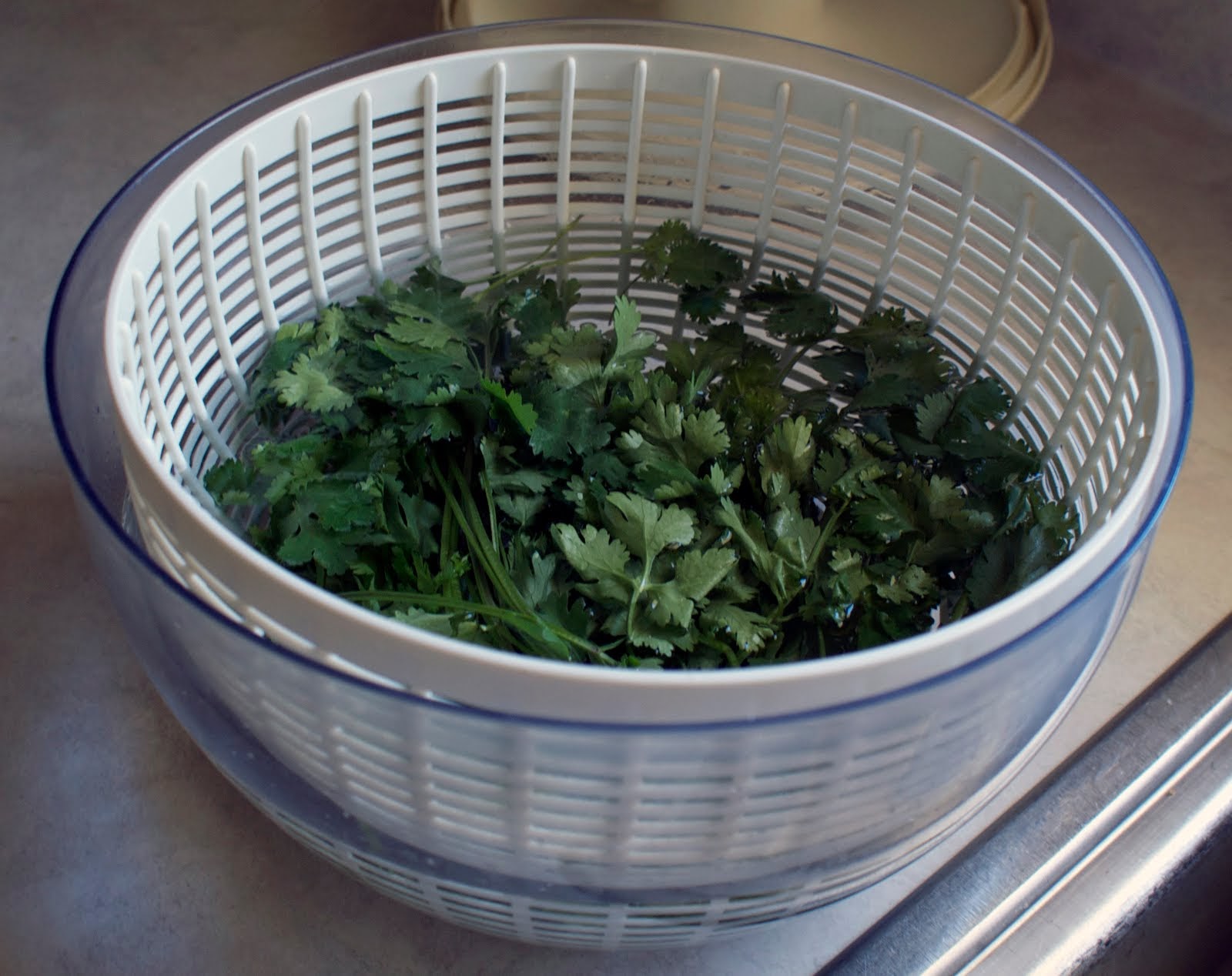
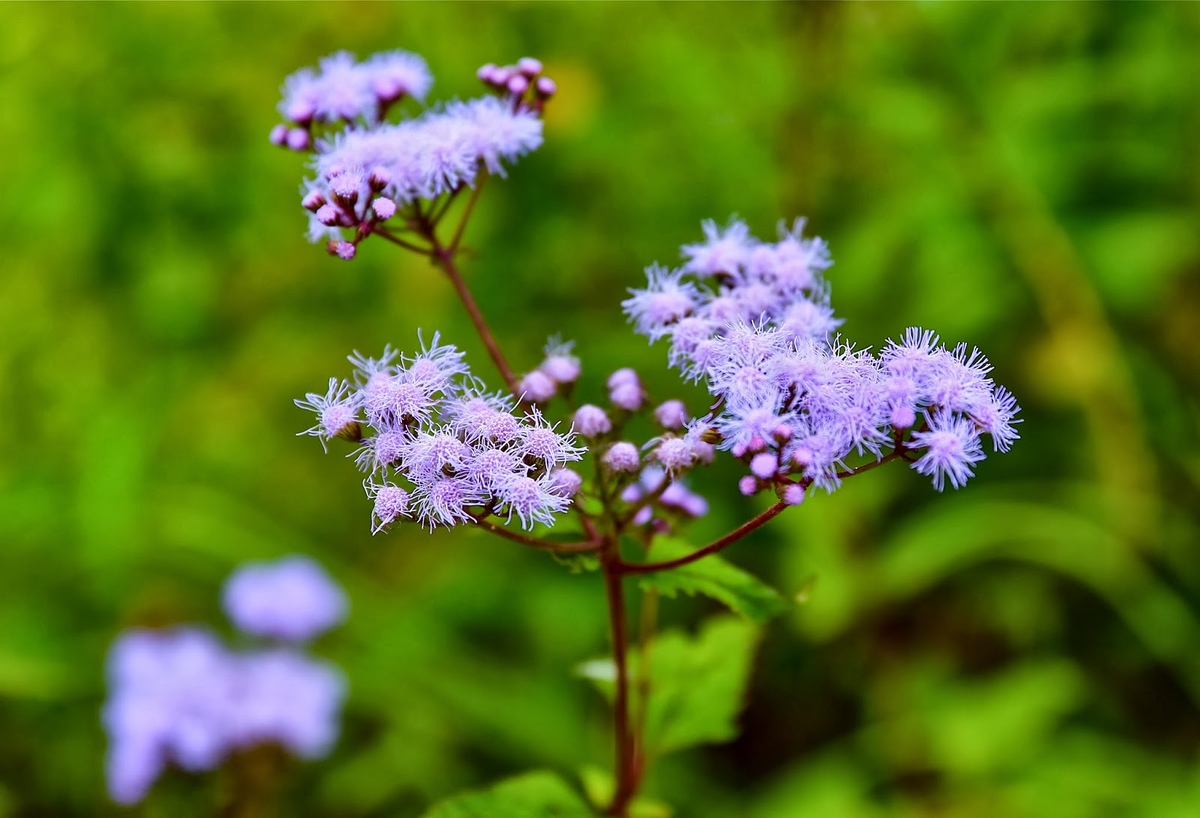
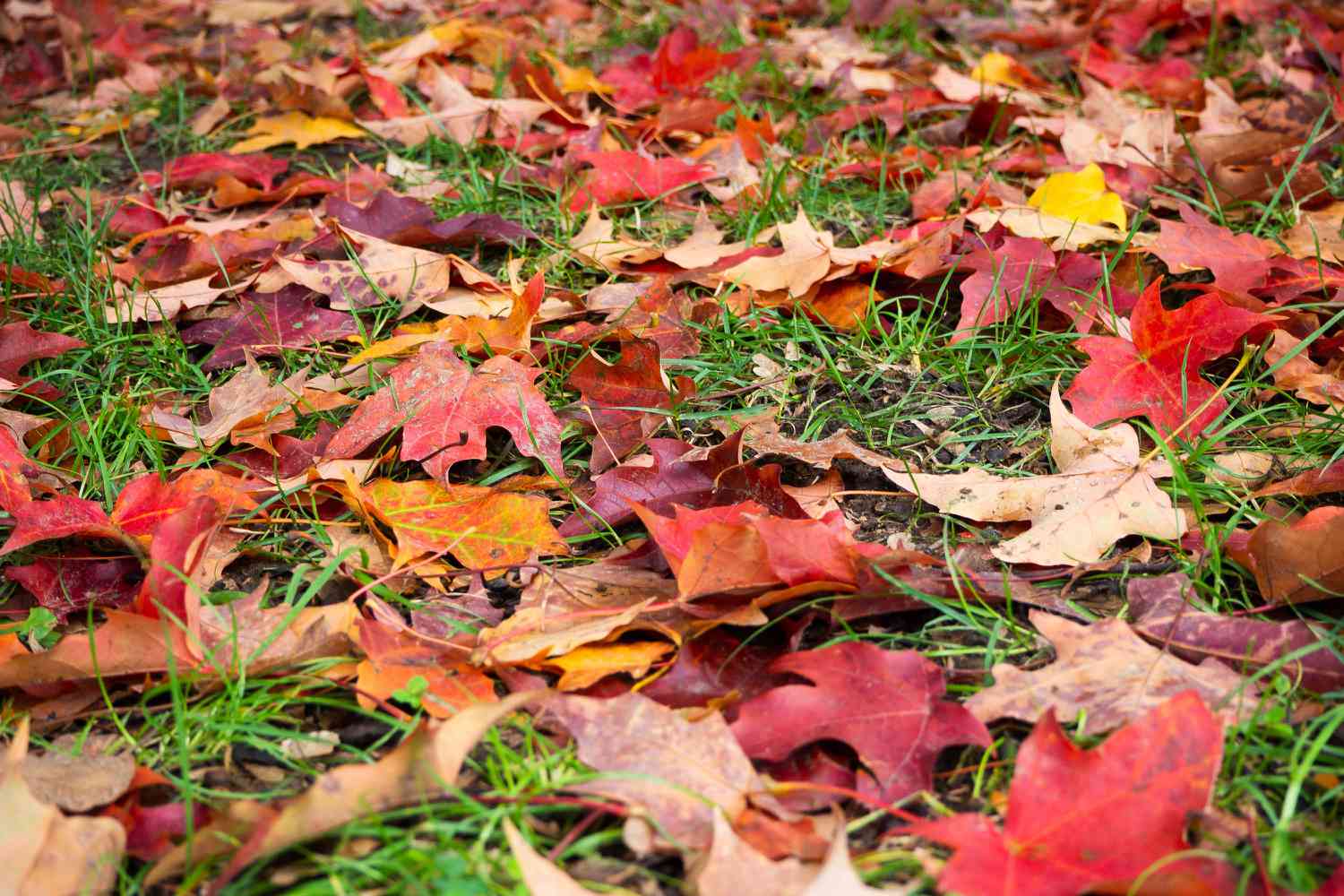
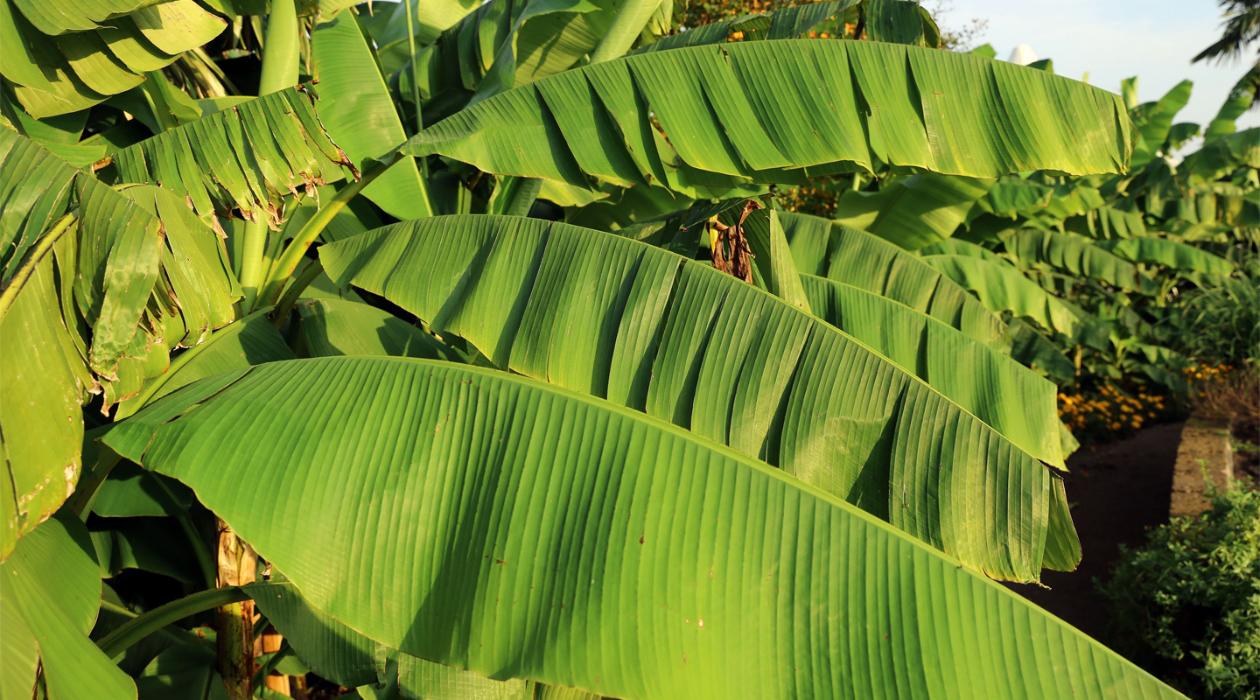
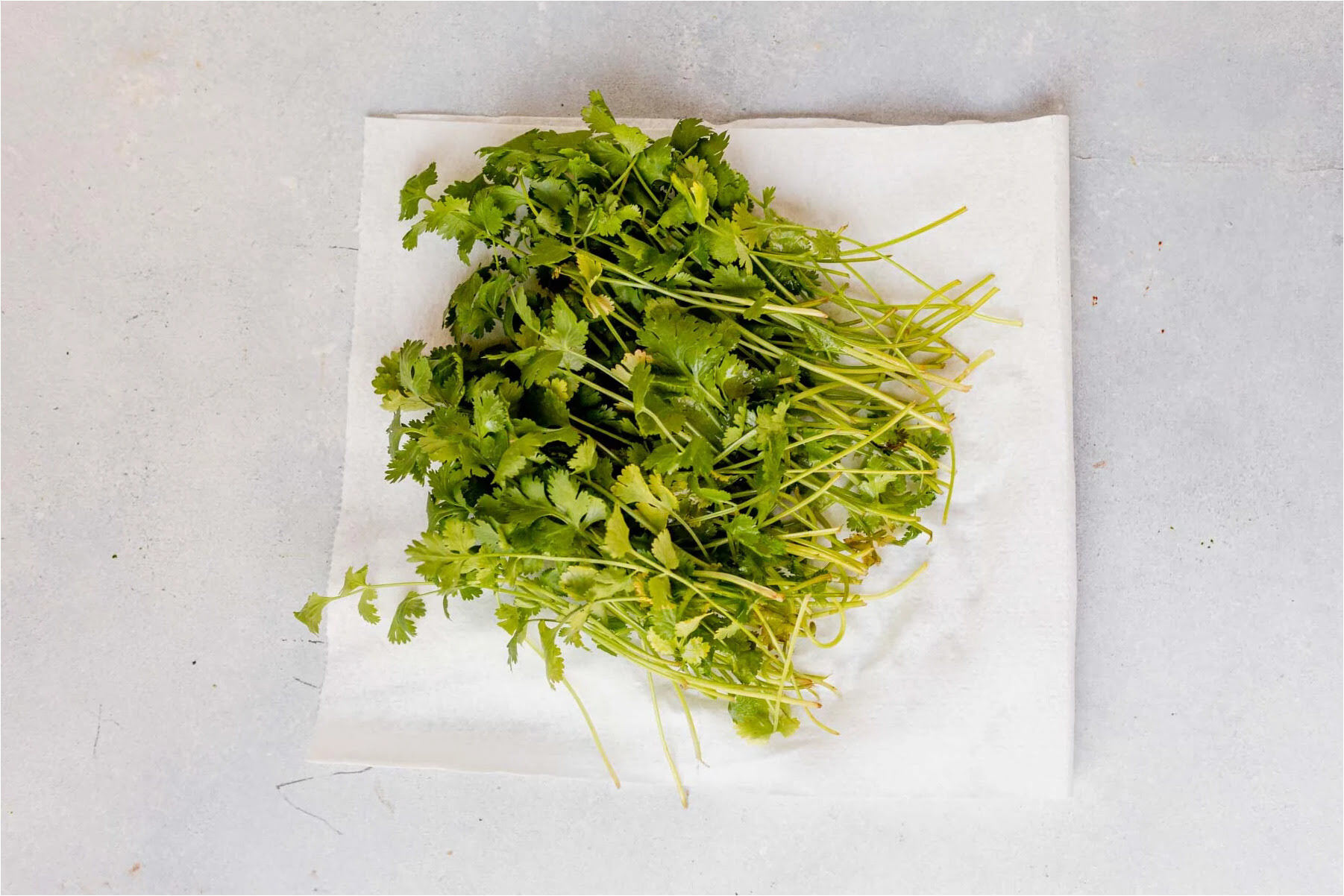
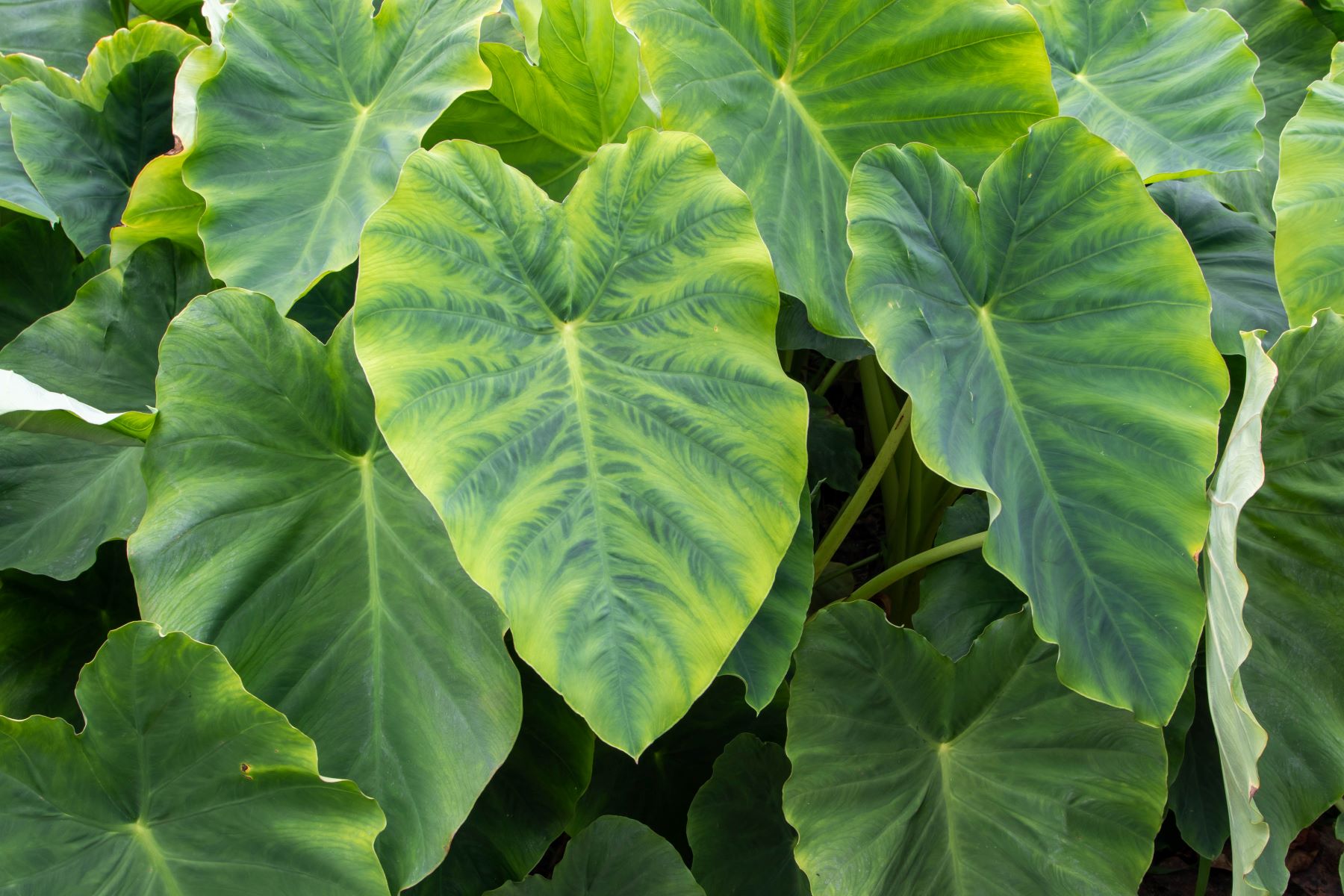

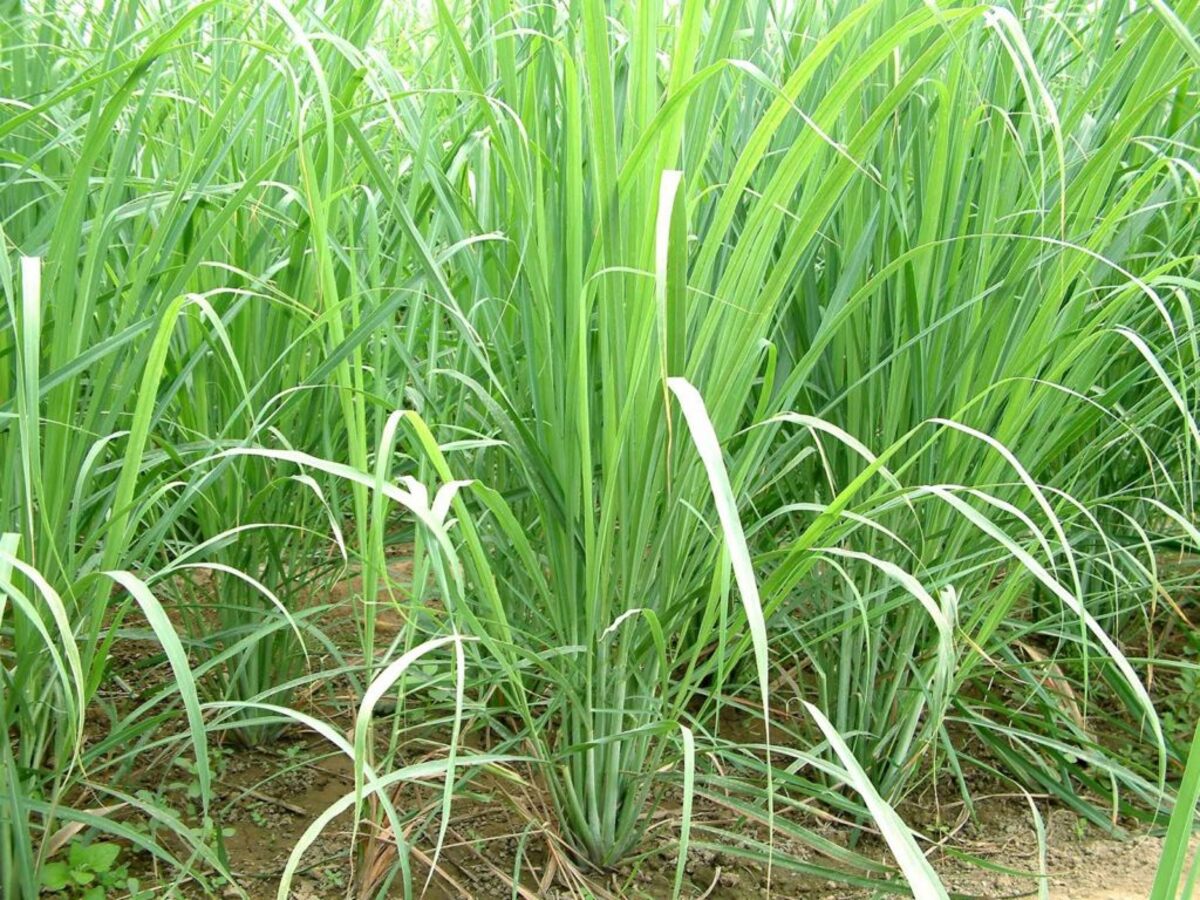
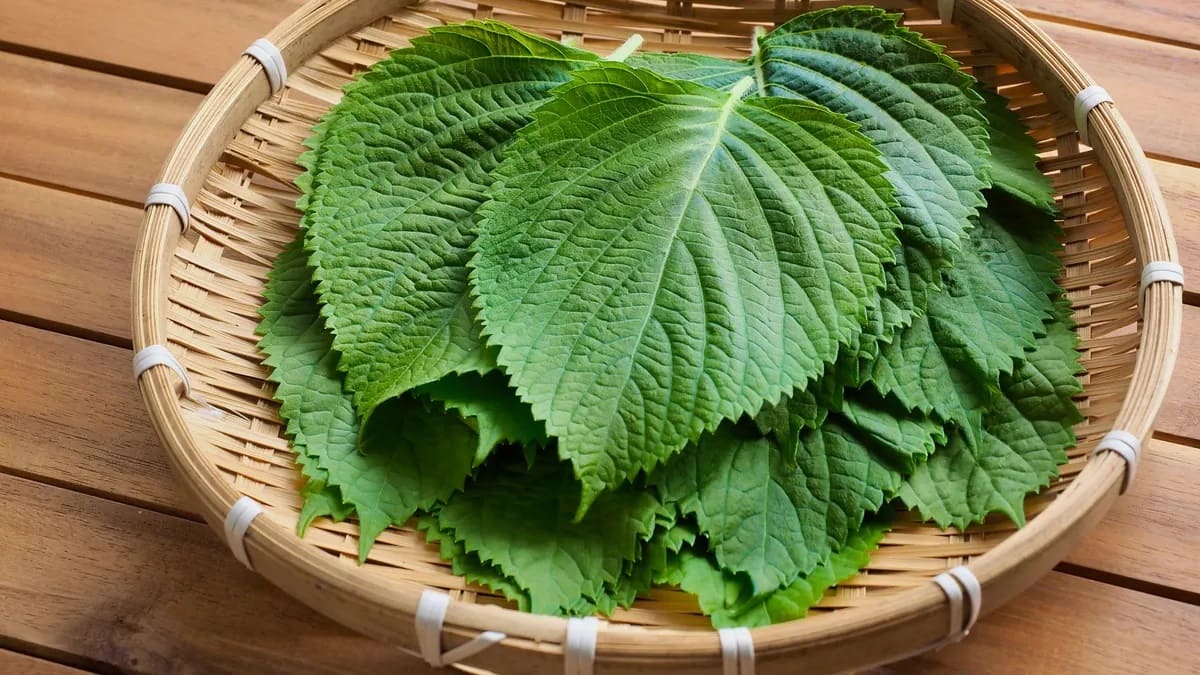

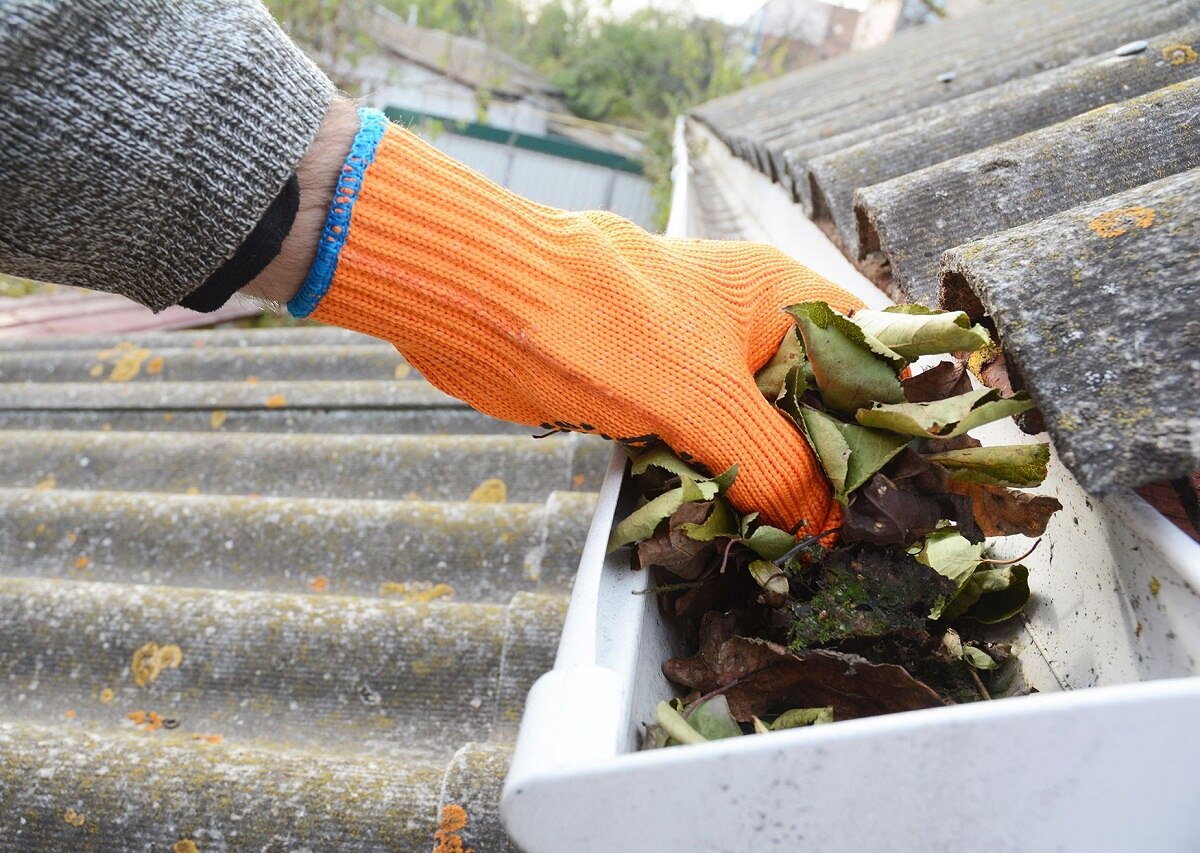
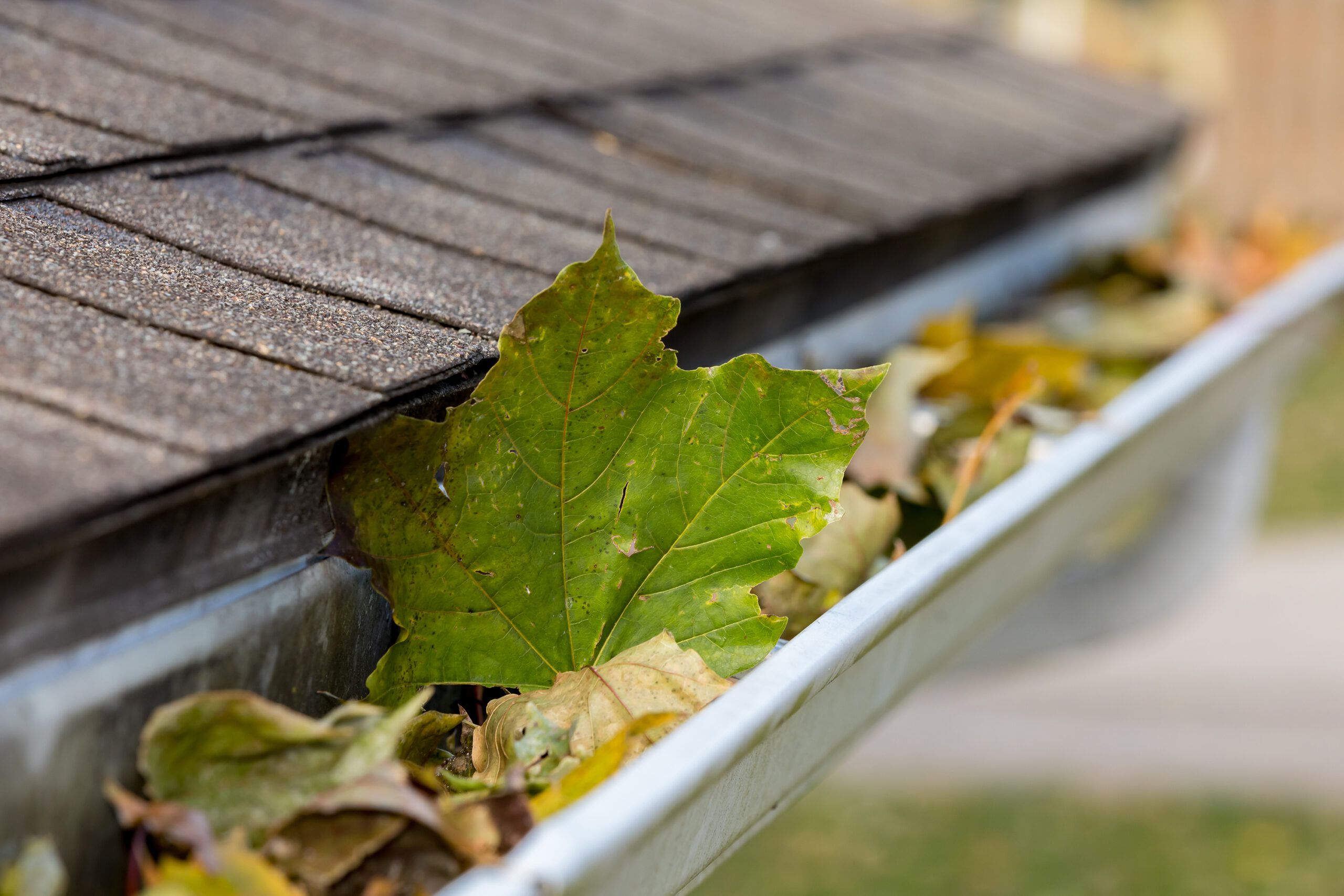

0 thoughts on “How To Prevent Leaves In Gutters”